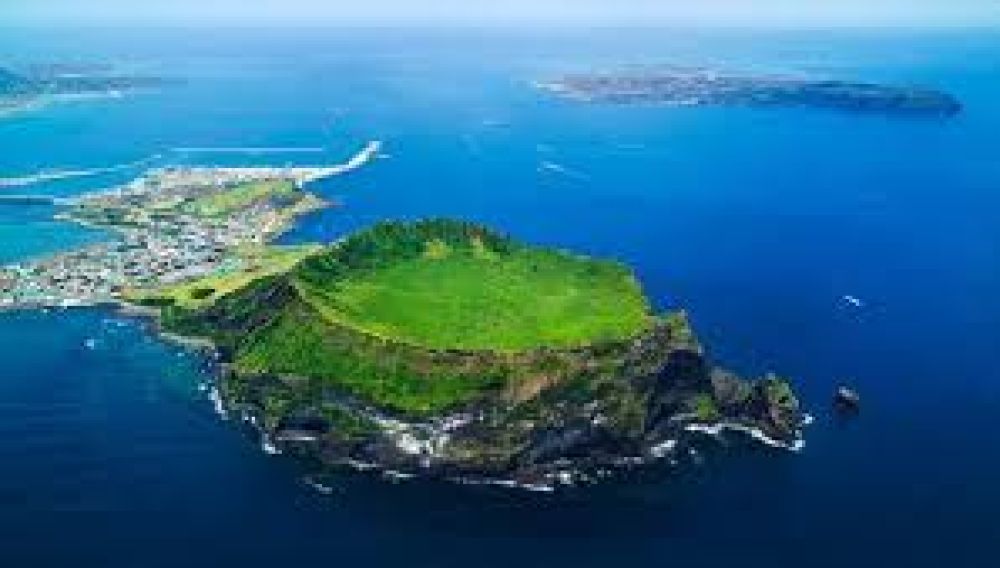

The island of Jeju, located off the southern coast of South Korea, is a place of myth and natural beauty. Jeju's history as a tourist destination is deeply intertwined with its cultural legacy and geographical wonders, making it a unique travel spot in Asia.
The tourism history in Jeju can be traced back to the Joseon Dynasty when it was primarily a place of exile for political prisoners. However, its natural beauty did not go unnoticed. The island’s reputation as a place of scenic beauty began to spread, albeit slowly, due to the limited means of travel and communication of the time.
Modern tourism in Jeju began to take shape in the latter half of the 20th century. After the Korean War, South Korea sought to rebuild its economy and identity. During the 1960s and 1970s, the South Korean government recognized the potential of Jeju as a tourist destination, due to its pleasant climate, volcanic landscapes, and beautiful beaches.
Infrastructure improvements during this period, including the expansion of Jeju International Airport and the development of hotels and resorts, made the island more accessible to both domestic and international tourists.
In the 2000s, Jeju's tourism industry received a significant boost when several of its natural sites were recognized by UNESCO. In 2007, the Jeju Volcanic Island and Lava Tubes were inscribed as World Heritage Sites. This recognition includes the stunning Hallasan Mountain, the highest in South Korea, and the majestic Manjanggul Lava Tube, one of the longest lava tubes in the world.
Today, tourism in Jeju is thriving and continually evolving to accommodate new trends. One of the latest trends is the growth of eco-tourism. Travelers are increasingly drawn to Jeju's natural wonders, looking for sustainable and environmentally-friendly ways to enjoy the island's beauty. Jeju's government actively promotes eco-friendly policies to preserve the island’s pristine condition.
Another popular trend is the rise of wellness tourism. Jeju is home to many resorts and spas that capitalize on the island's clean air, pure water, and tranquil settings to offer health and wellness retreats.
The island has also seen a surge in popularity due to the Hallyu wave, with Korean pop culture fans visiting locations featured in K-dramas and films. Jeju's cultural landscape continues to grow, with the island hosting various international festivals and events that attract visitors from around the world.
Jeju Island continues to focus on sustainable tourism, preserving its unique environment while providing an enriching experience for tourists. Innovations in travel and a rising global interest in Korean culture suggest that Jeju Island’s future as a top tourist destination looks bright and promising.
As Jeju balances growth with sustainability, it stands as a testament to the dynamic and responsive nature of its tourism sector, ready to adapt and thrive for years to come.